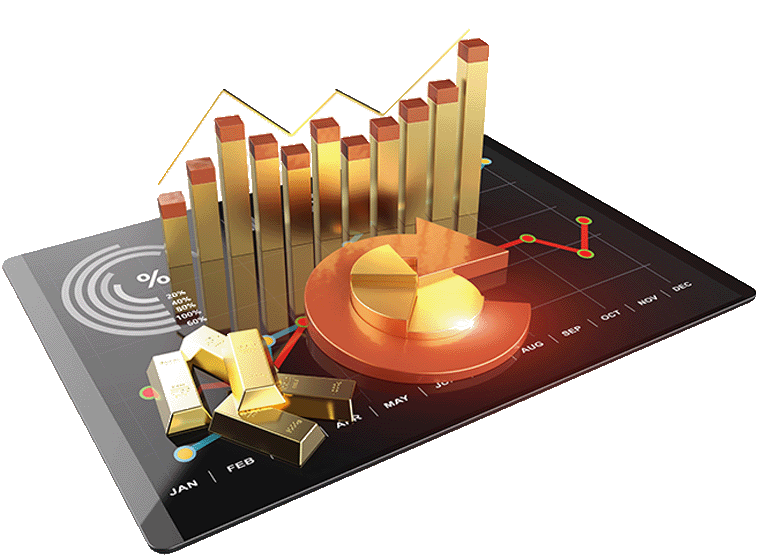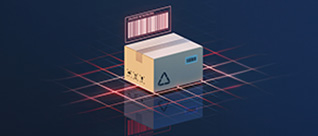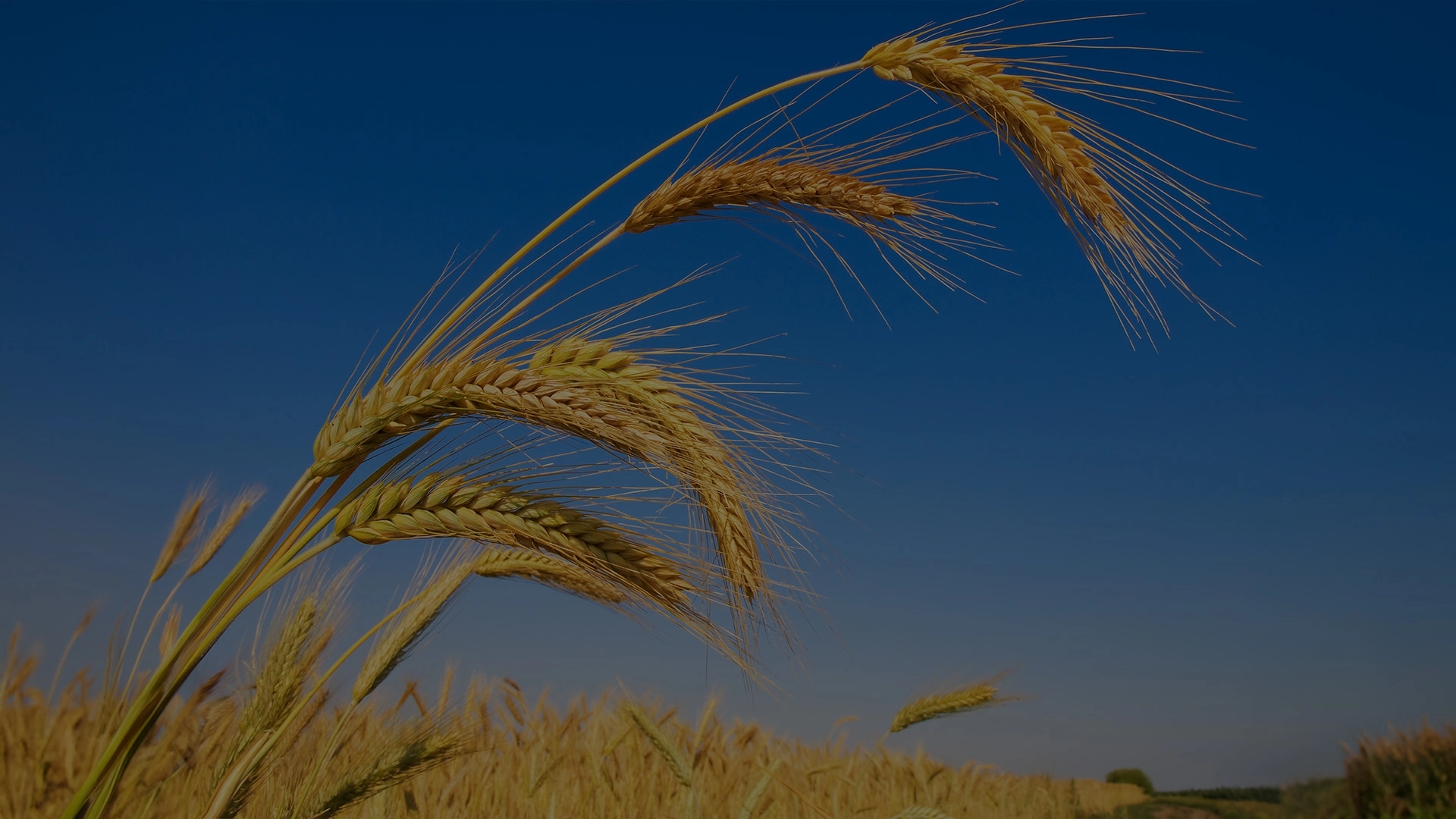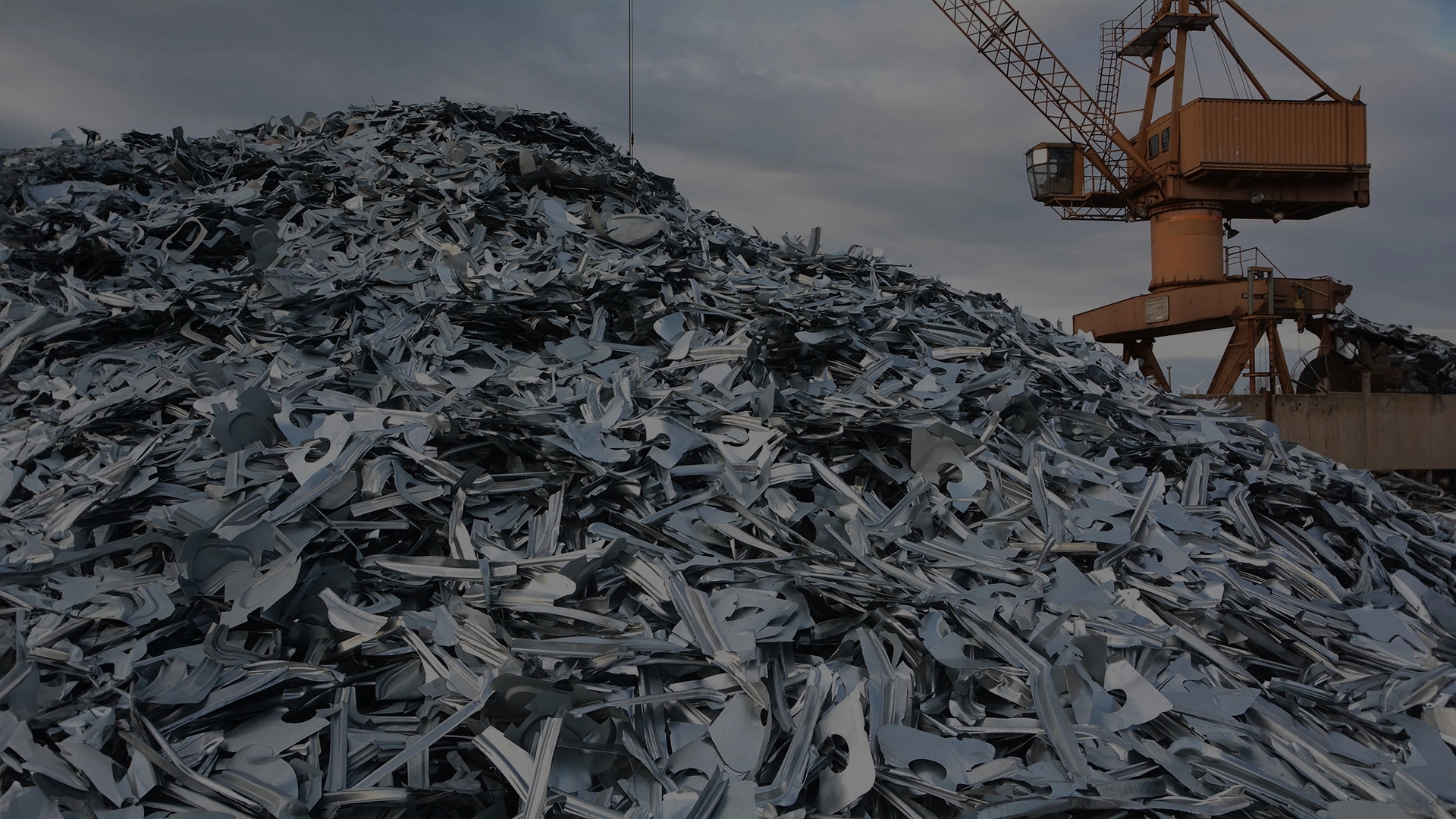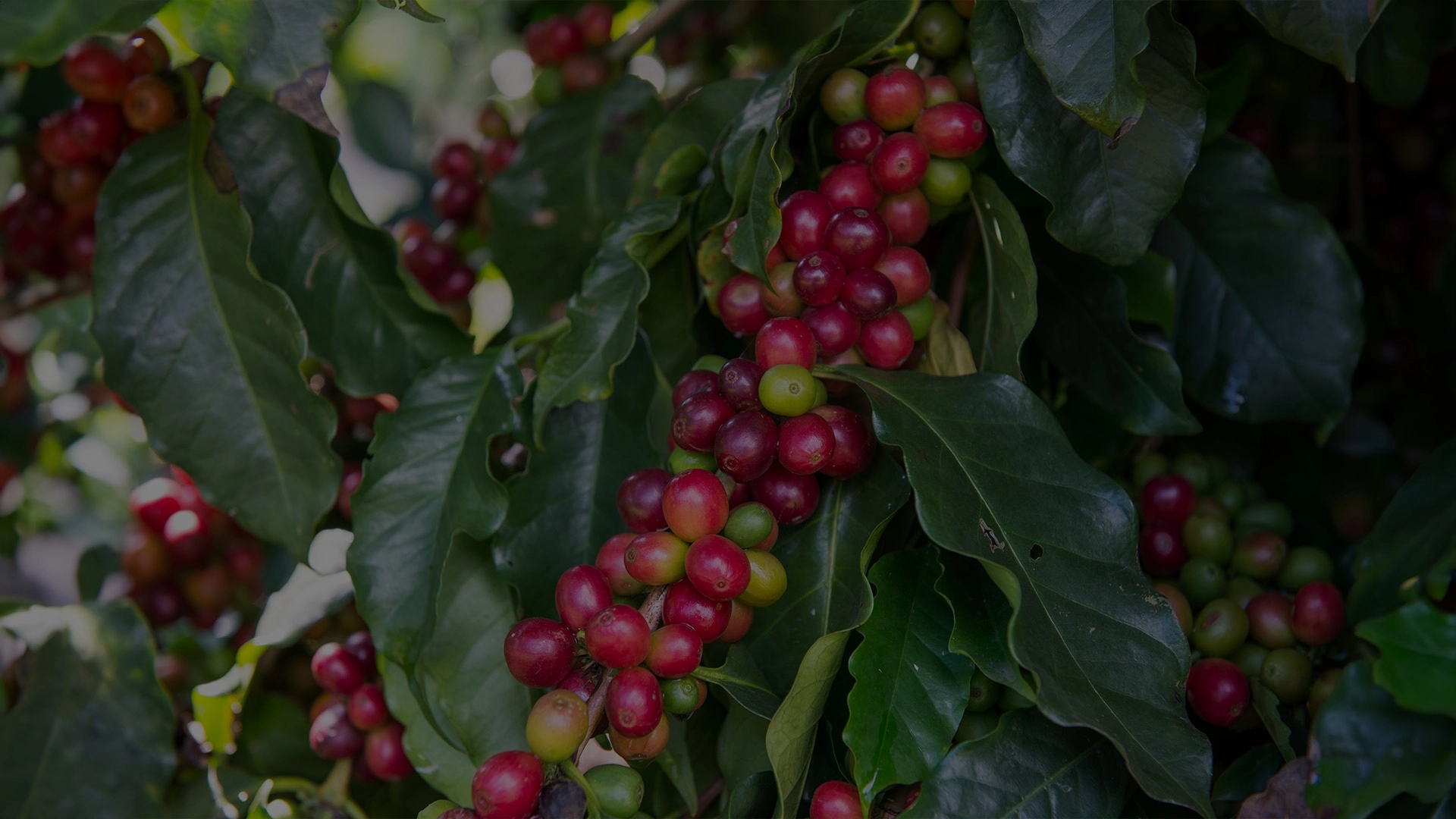Overview
Moving commodities from where they are to where they are needed with efficiency and at the lowest possible landed cost is of interest to both producers and the end consumers of the commodity.
Disruptive shifts in global production and consumption models have changed the commodity procurement pattern in an already volatile commodities market.
Explosive economic growth has also altered and expanded the trade routes, opened new sources of production, and enabled the emergence of a globalized, competitive marketplace driving the global commodities trading and supply model dynamics exponentially.
While commodity markets have always been volatile, decision-making in real-time is critical in today’s markets, with events from extreme weather, geopolitical trade wars, tariffs, etc. which impact profitability significantly and even a % gain can significantly improvise the P & L.
Hence, the trading team needs high-quality operations with the right platforms to execute transactions profitably.
The changing dynamics of the global supply chain of the commodity cannot be managed with disintegrated systems, myriad data sets, and a dismal flow of information between various stakeholders involved.
Organizations that do not embrace digital automation in commodity sourcing can lose insights into their trading decision-making process, purchasing inefficiencies, deficiently managed risks to incur costs that can impact the key KPIs like inventory turnover ratios, working capital management, escalating finance charges and not being able to mitigate risks involved in short-supply or over-supply of commodities.
The Trading team needs high-quality operations with the right platforms to execute transactions profitably.
The changing dynamics of the global supply chain of the commodity cannot be managed with disintegrated systems, myriad data sets, and a dismal flow of information.
When trading is surrounded by risks and volatility, index pricing, and non-standard contract invoicing, customers really need an ERP-integrated CTRM System for improved visibility & control across all stakeholders.
Well-integrated CTRM software uses single-source-of-data enabling multi-level book structures, report physical and financial positions by the book, trader, strategy, commodity, etc., runs risk metrics such as Mark-to-Market and Value at Risk, manages counter-party risk and uses hedging strategies for better price risk management.
Furthermore, the entire organization benefits from automated workflows and auto-filing of internal and external documents, such as bills of lading, product specifications, and certificates of quality and compliance.
With Sonata’s unique ERP-integrated CTRM platform, you can achieve better visibility on your commodity sourcing & trading needs, single source-of-trade data, superior control over trading decisions, and reduction of cost structure for better P & L.
Sonata Commodity CTRM offers a complete, end-to-end cloud-based commodity trading solution developed to meet the demands of trading and manufacturing.
Managing Risk
The world relies on a continuous and steady supply of commodities, from the chemicals and minerals used to sustain manufacturing and all forms of energy to drive it, to the agricultural products we put on our table. Commodity CTRM provides a strong, rigorous yet flexible solution to traders and manufacturers managing complex commodity supply chains.



